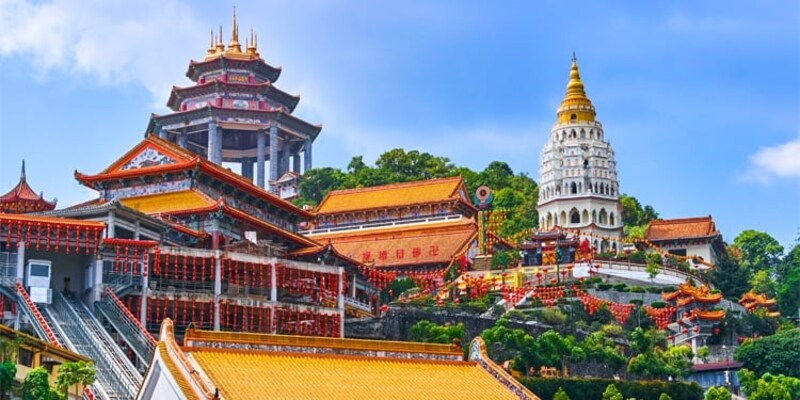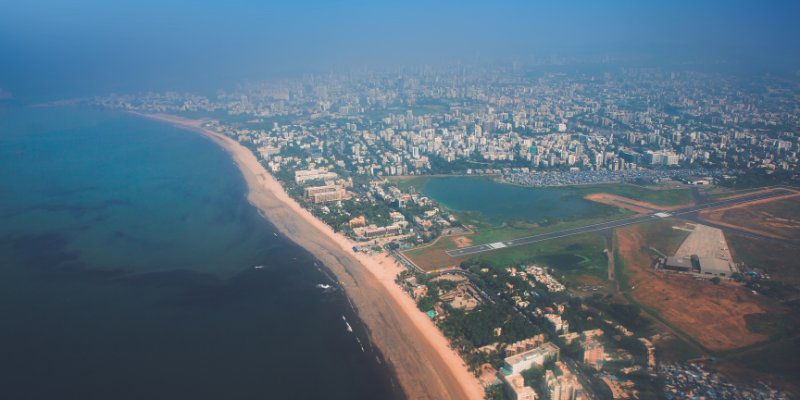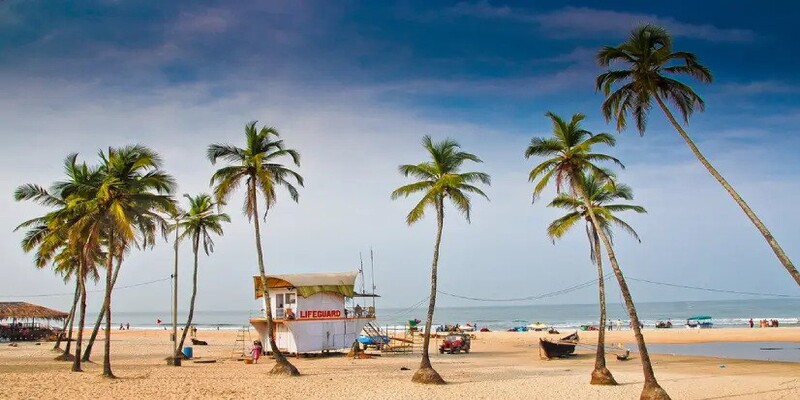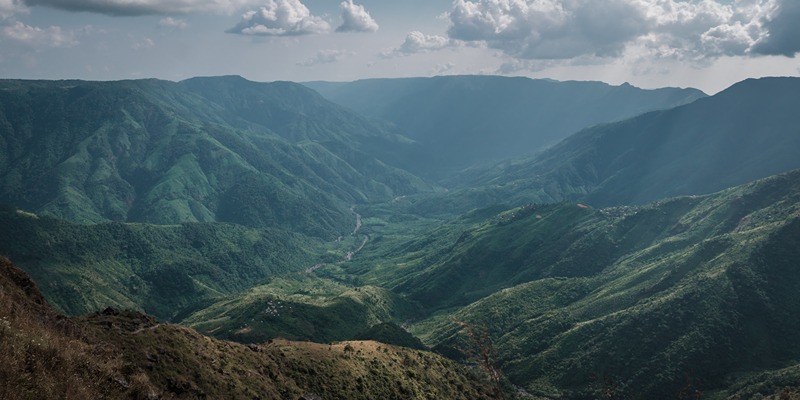In the Sahyadri range, the Lonavala to Bhimashankar trek is possibly the best backcountry route. The path winds through head-high shrubs, deep, untamed rainforests, and trails leading to lost and found items. There are various tribal villages, mysterious temples, secret waterfalls, and a flower-filled plateau.
A few tribal villages still rely heavily on hunting, gathering, and subsistence farming due to the isolated location of the Bhimashankar Wildlife Sanctuary.
During this walk, you discover the Sahyadri range's finest features. The Bhima River flows through the deepest section of the forest, having its source on the Bhimashankar hill. Since there are no other water sources nearby, a lot of species are drawn to it.
Grab your cup of coffee, and let’s dig into further details about Lonavala To Bhimashankar Trek From Pune!
Overview of Lonavala To Bhimashankar Trek From Pune
This is the ideal time to undertake this trek in Sahyadri. Due to the drizzle and showers, it runs from August 24 to August 27. This 75-kilometer walk is regarded as a favorite among hikers and environmental enthusiasts.
Quick Info
- Elevation: 3296 metres
- Trek Duration: 4.5 hrs from Khandas Base village
- Trek Classification: Hard
- Levels of durability: High
- Location: Nagar District
Itinerary
Day 1: Arrive in Lonavala, then hike to Kundeswar village from there
- Starting spot: Tungarli Dam
- Duration: 3-4 hours to reach Lonavala; 6 hours trek
- Water sources: None. Carry 2-3 litres of water
- Trek gradient: Moderate
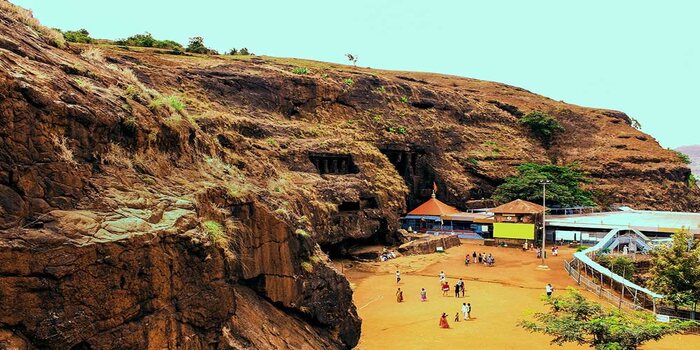
To go to Tungarli Dam, use an autorickshaw from Lonavala. Here's where the journey starts.
Proceed straight on the wide trail at Tungarli. You will come to a fork after roughly two hours. Continue on the right-hand track. You can reach Valvand village after an hour of hiking this trek. You will be treated to breathtaking views of the Rajmachi hills while trekking this section. The countryside is dotted with countless butterflies and birds. In the distance, you could potentially be able to make out trains.
At Valvand settlement, the wide trail comes to an end. It's a woodland that you enter after crossing Valvand. The moment you enter the trees, the trail begins an abrupt ascent. The trail is hardly visible due to the deep foliage. Reaching a clearing, you wish for fifteen minutes. On your right, you'll see Shirota Lake, a blue reservoir encircled by hills.
Follow the trail straight ahead. After roughly thirty minutes, the woodland reopens. It could become more challenging to find the trail after the monsoon. Proceed to navigate through the woodland. About an hour later, you can see the Dhak plateau to your left. The trail also gets clearer at this point. This can be pretty comforting, particularly if you're lost in the jungle with no track!
After 200 meters or so, this trail enters a grassland.
The meadow is quickly followed by a forest, but it is not as dense as the previous section. It is easy to see the trail. After ten or so minutes, you reach a location where several trails split off. Select the one that descends to the left.
In roughly forty-five minutes, you will arrive at the temple outside of Kundeswar. It takes fifteen more minutes to arrive at the settlement. You can choose to stay overnight in the temple courtyard or in the village. You can arrange to share dinner and breakfast the next day with the locals. You can also get assistance from the villagers with bed linen and candles.
Day 2: From Kundeswar to Kusur to Talpewadi
- Starting spot: Ganesh temple outside Kundeswar
- Duration: 5 hours trek to Kusur and 1-hour bus ride to Talpewadi
- Water sources: None. Carry 2-3 litres of water
- Trek gradient: Moderate
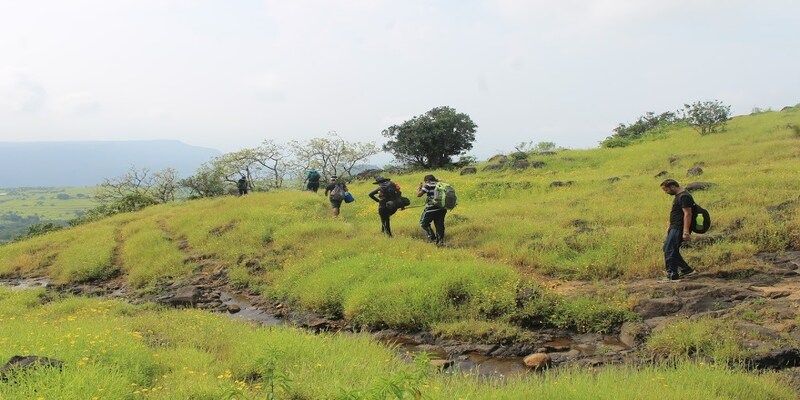
Get moving early and head for the village. After roughly half an hour, the level path ascends a hill. After some time, the trail turns to the right. The Kusur Plateau is in front of you. The plateau is carpeted with flowers after rainfall. It's almost like being in Uttarakhand's Valley of Flowers.
You take a reasonably small trail that winds through the plateau. As you proceed, the blossoms get more vibrant. One of the huts you will soon come to is where you can stop for tea. When taking pictures and enjoying the flowers, it's simple to lose track of time.
It's an hour's walk from here to Kusur village. The trail mostly descends. Kusur is not too big of a village. Here, food is available for purchase. Here is where you get a bus to Talpewadi village, which is 15 miles away.
Day 3: Talpewadi to Bhimashankar via the Wildlife Reserve at Bhimashankar
- Starting point: Talpewadi village
- Duration: 10 hours
- Water sources: Carry 2-3 liters of water. Bhima River, which you will reach after 8 hours of trekking, is the only water source.
- Trek gradient: Moderate
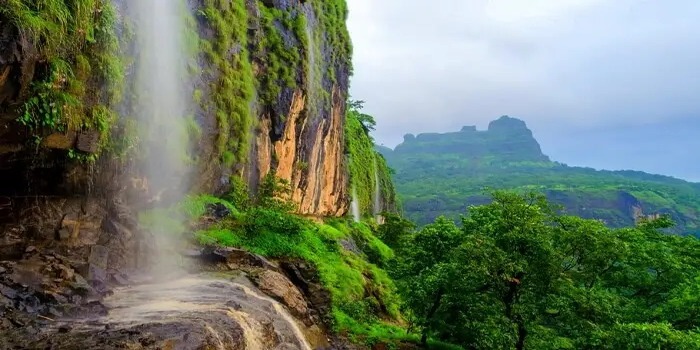
Leave Talpewadi early. It takes around an hour to reach Bhimashankar Wildlife Sanctuary from Talpewadi via an easy trek. Within the Sanctuary, there is a well-marked trail. If you're hesitant, though, Talpewadi can also guide you.
It's back to the forest once you step inside the sanctuary. Occasionally, bushes of wildflowers catch your eye. There are lots of curves and undulations on the track. After two hours or so, you arrive at a waterfall. Situated deep within the jungle, it is 100 feet high.
After stopping for a rest at the waterfall, continue on an identical trail. It will take you around two hours to reach a plateau. This is full of flowers, just like the Kusur plateau. After traversing the plateau, the path leads into dense undergrowth. You are once again in the clear in a matter of minutes. You get a clear view of a large, deserted valley to your right. Several streams traverse it.
You can reach the other side of the hill by hiking this trail for two more hours. At a distance, two tribal communities come into view. Lower yourself towards them. The unending basin that has captivated you for the past two hours is located on the opposite side of the imperial Bhimashankar peak, which forms the backdrop to these villages. A stream meanders along. This trail leads to Bhimashankar base, which is 30 minutes away. It will take you approximately one hour to reach Bhimashankar.
Things to Carry While Trekking
Must carry these things when you go on trekking:
- Water bottles, about three liters in size
- Saturday brunch
- A smaller daysack and a lightweight backpack or haversack
- Suitable hiking boots
- An additional pair of socks
- Slippers (optional; last-day wear)
- A lightweight blanket or sleeping bag
- An excellent windcheater
- hat, sunglasses, and scarf
- Binoculars and camera (optional)
- Toiletries: moisturizing lotion, sunscreen, lip balm, light towel, and wet wipes
- Hand sanitizer, dental products
- Any medications you regularly take after seeing a doctor
- repellant for mosquitoes
- biscuits and snacks to eat (Optional)
- Glucon D powder or Energy powder
How To Reach There
By Road
Pune has excellent connections to most areas of the nation and other Maharashtran cities. Many state-run buses provide services from Lonavala to Bhimashankar bus. Another option is to use a cab.
By Air
The airport in Pune (PNQ) is ten kilometers from the city. To go to the city, it is simple to hail a cab or take a bus outside the airport.
By Train
Lonavala to Bhimashankar trek from Pune by train. One of the significant railway crossings is Pune Junction Railway Station (PUNE). The city has connections to important cities around the nation. Taxi and cab services are accessible from the station.
Conclusion
The Lonavala, Pune to Bhimashankar trek is an unforgettable experience that transforms the traveller on a deeper level than merely a physical journey.
This trek captures the varied beauties of Maharashtra, from the scenic vistas of Lonavala to the Bhimashankar wildlife reserve.
So, lace up your boots, embrace the challenges, and set forth on a Lonavala To Bhimashankar Trek From Pune that promises memories of a lifetime.

